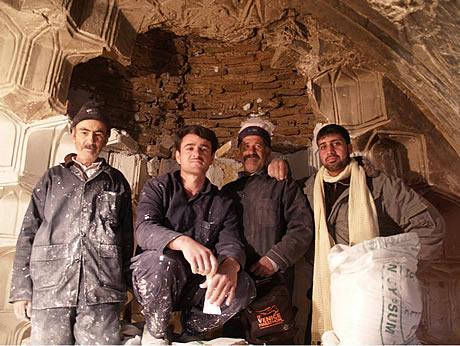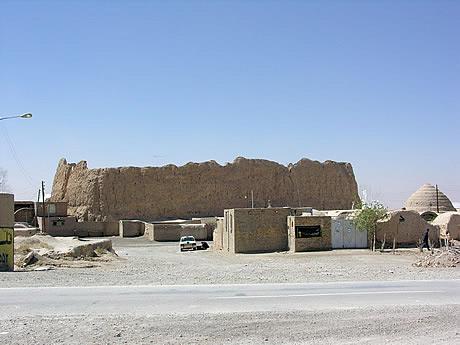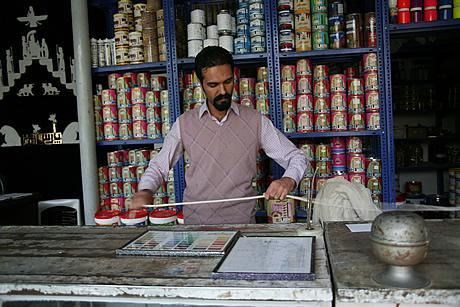High heel shoes: a Persian invention?
This week, the BBC suggested that high heels were originally a virile fashion for men, which followed on the 1599 Persian embassy to Europe. Elizabeth Semmelhack of the Bata Shoe Museum in Toronto was reported as saying that “the high heel was worn for centuries throughout the near east as a form of riding footwear …



